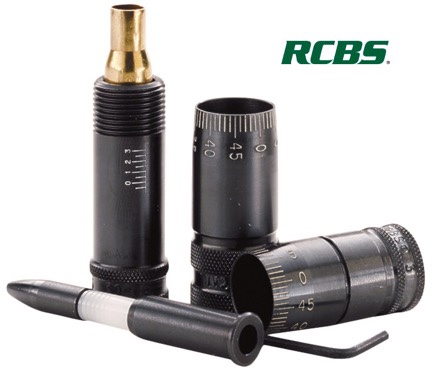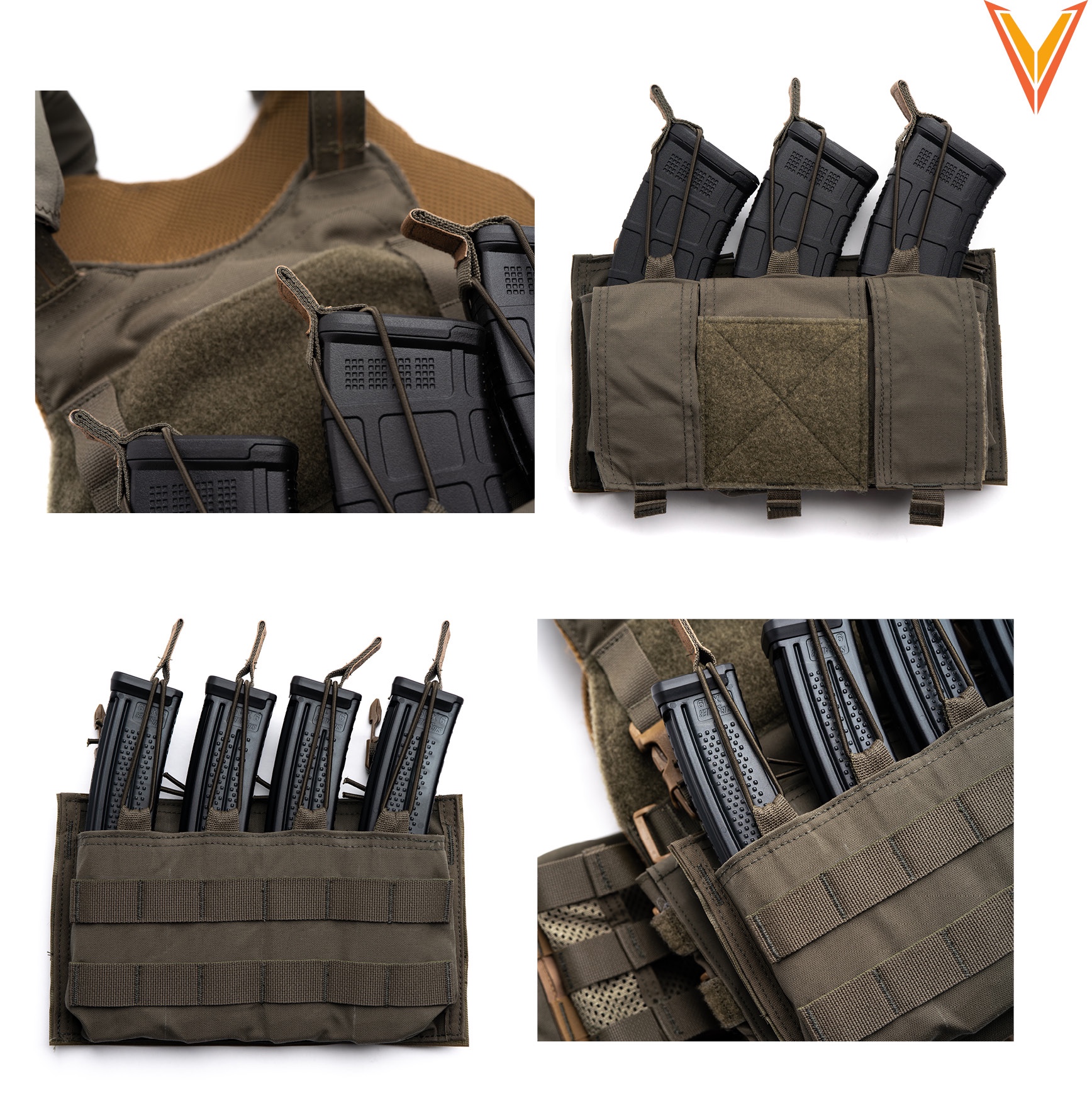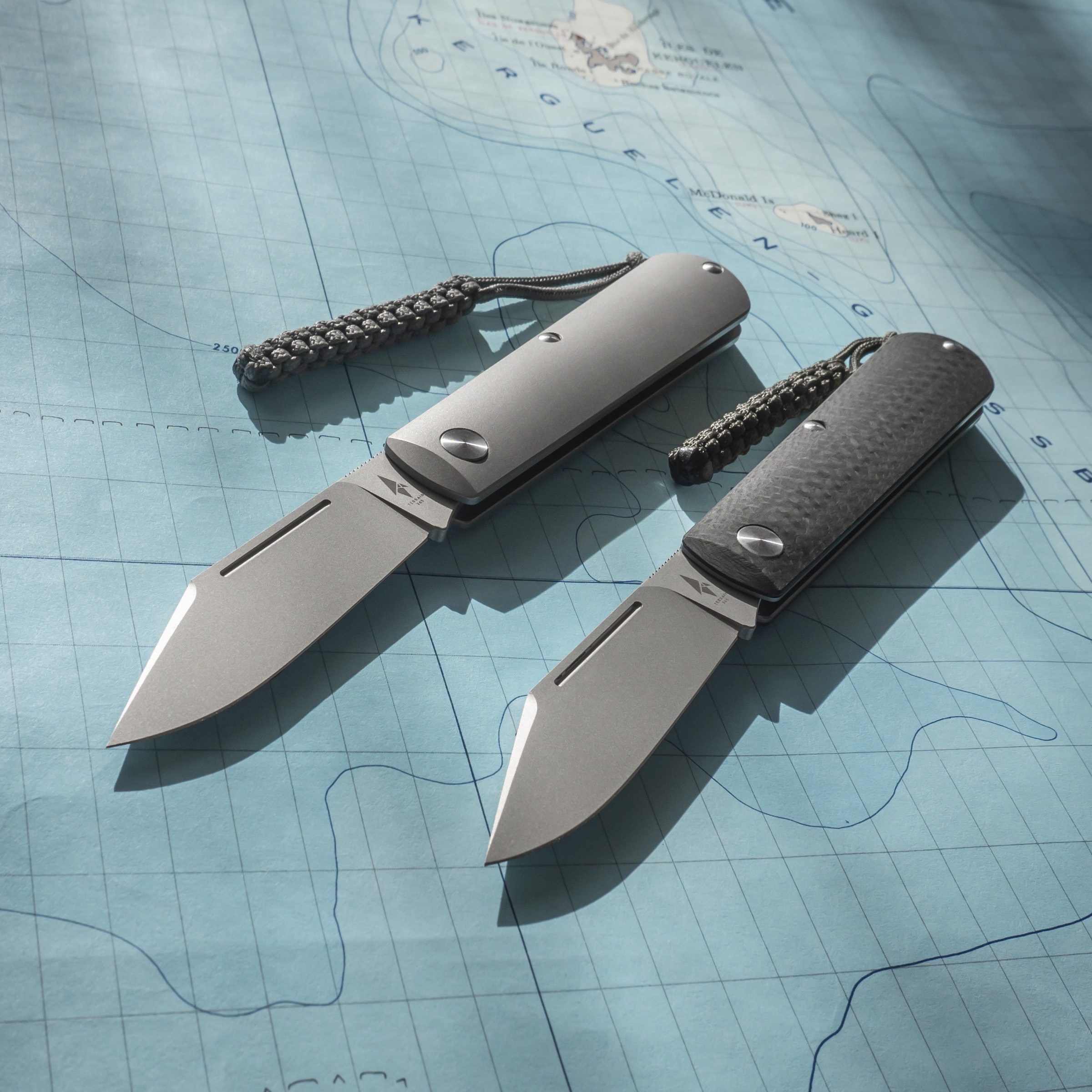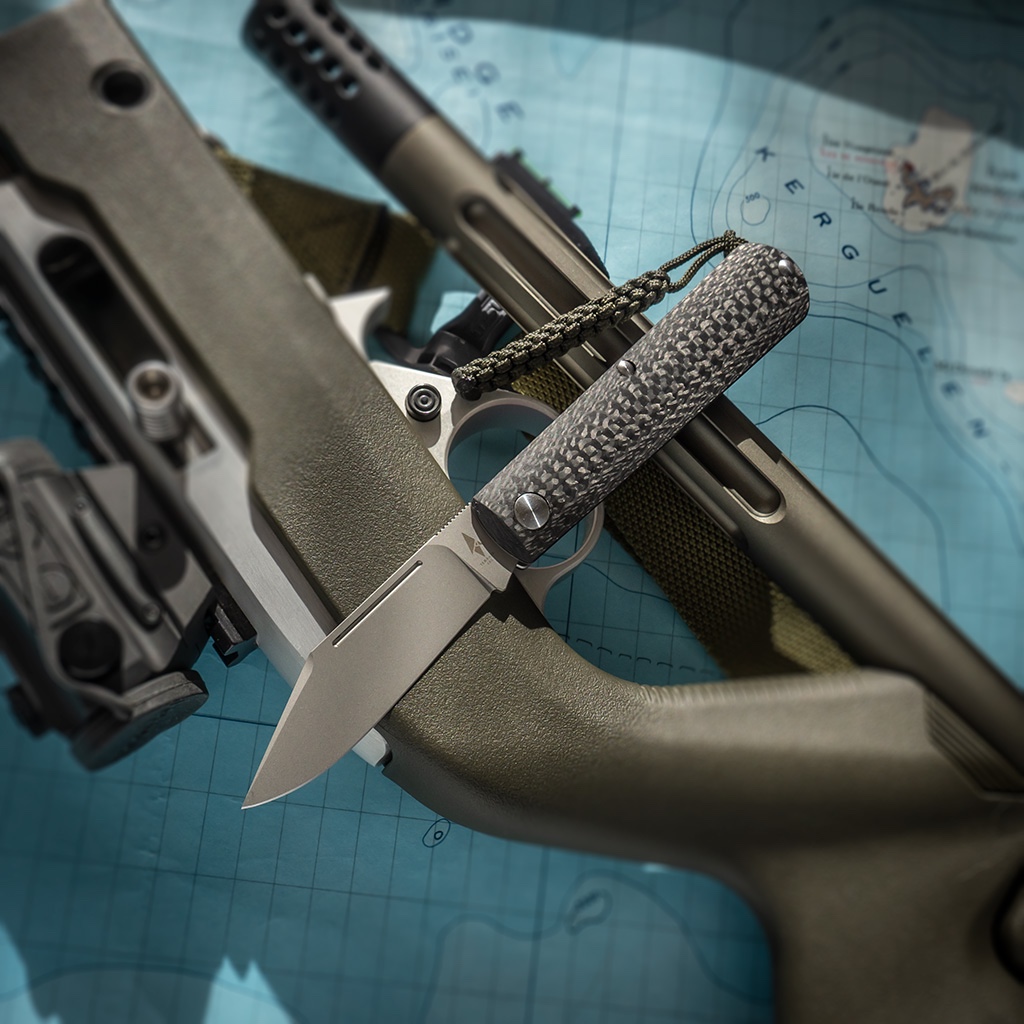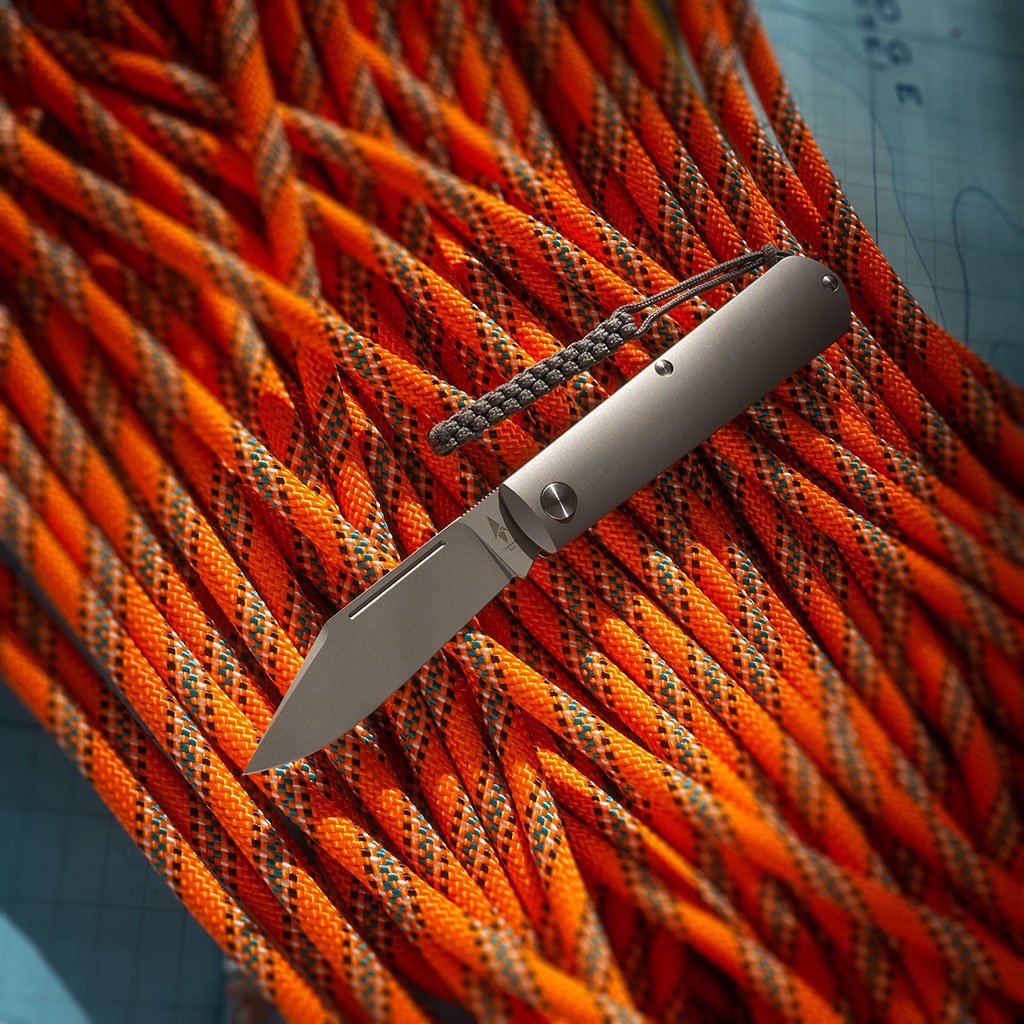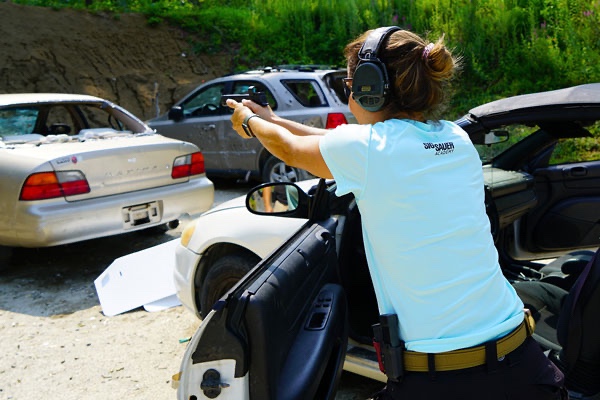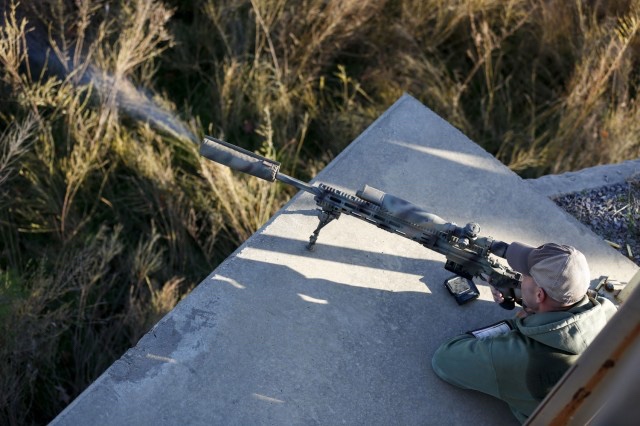
FORT CHAFFEE, Ark. — A rifle is fired, the cracking sound of the gunfire splits the quiet, sending a round-down range at more than twice the speed of sound. Smoke from the muzzle hangs in the air for a moment, long after the round has reached its target, 600 yards away.
“Hit,” said Sgt. Tristian Ivkov, an infantryman turned sniper with 1st Battalion, 157th Infantry Regiment, Colorado Army National Guard, as he stared through his rifle scope. “Right on the X.”
Ivkov was talking to his spotter, Spc. Max Miller, also a Colorado Army Guard member, during one of the many shooting events at the 51st Winston P. Wilson and 31st Armed Forces Skill at Arms Meeting Sniper Rifle Matches at the Fort Chaffee Joint Maneuver Training Center Dec. 4-9. The pair won the WPW sniper match last year and were invited to compete as part of the All-Guard shooting team this year.

These matches are hosted annually by the National Guard Marksmanship Training Center of the Arkansas National Guard. This is the Super Bowl of National Guard shooting events, Ivkov said.
“I am impressed by the professionalism and knowledge that the cadre of instructors has here in Arkansas,” said Ivkov. “They have some of the best instructors this community has to offer. This would be impossible to replicate at the home station.”
The Winston P. Wilson matches include small arms, machine gun and sniper championships. Army and Air National Guard personnel from across the country are eligible to compete. The Armed Forces Skill at Arms Meeting is open to all U.S. military branches and international shooters. This year’s competition featured shooters from Denmark, the Netherlands, active component Army and Marine Corps and Special Forces teams.
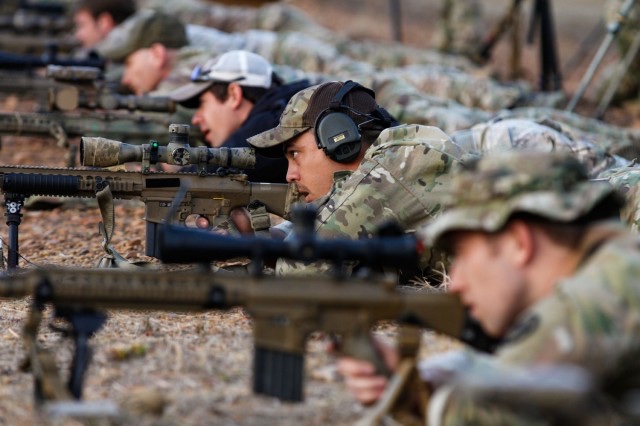
The Winston P. Wilson and Armed Forces Skill at Arms Meeting sniper competition consisted of 33 two-person teams comprising of a shooter and spotter. The shooter’s primary focus is hitting the target, while the spotter relays data such as wind speed and direction, humidity and bullet trajectory, to the shooter.
The teams participated in 20 events that tested their ability to precisely engage long-range targets, as well as closer targets with different weapons systems. Snipers are also tested on their ability to conceal while stalking a target. This competition is the ultimate validation test of a sniper’s ability to shoot, move and communicate in a stressful environment, said Ivkov.
This year, the winners of the Winston P. Wilson match were Staff Sgt. Caleb Ash and Sgt. Ryan Marsh, with 1st Battalion, 635th Armored Regiment, Kansas Army National Guard. Staff Sgts. Demetrios Iannios and Eric Vargas, 223rd Regiment (Regional Training Institute), California Army National Guard, claimed the top spot in the Armed Forces Skill at Arms Meeting.
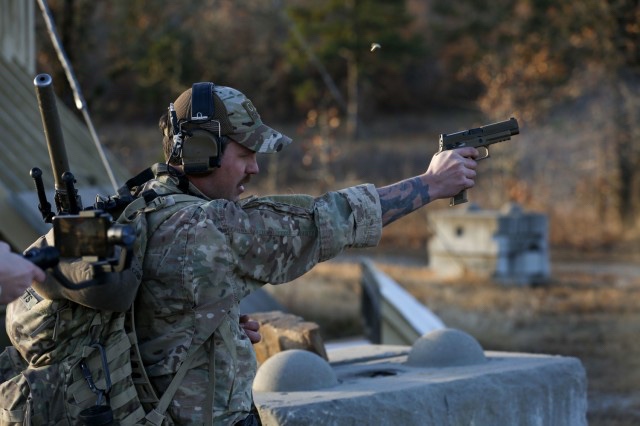
The NGMTC hosts the sniper competition at Fort Chaffee due to the range capacity, said Army Maj. Megan Thomas, the Marksmanship Training Center’s chief of operations., She added that this is the National Guard’s premier sniper range because of the capacity ability for long-range rifle fire.
“Increasing lethality is our main goal here,” said she said. “You want to be able to trust the person to your left and right that they can pull the trigger and render a target incapacitated if needed.”
Headquartered at Camp Joseph T. Robinson Maneuver Training Center, Arkansas, the 233rd Regional Training Institute and NGMTC administers National Guard Bureau training and competitive event initiatives.
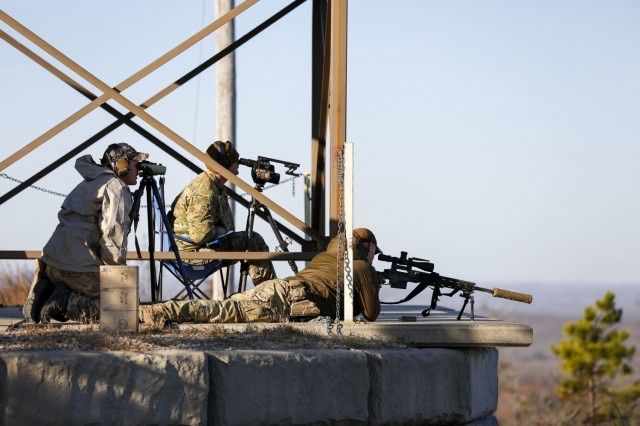
In addition to shooting competitions, the NGMTC is also an official Army schoolhouse for squad-designated marksman, small arms and sniper courses. The school is facilitated by the Arkansas National Guard but is open to Soldiers in any Army component. This is the graduate school for many Soldiers to learn and expand on their tactical shooting skills. Soldiers leave certified with additional skill identifiers that designate them as marksmanship experts.
It’s all part of the NGMTC’s mission to provide marksmanship and sustainment training to Soldiers from across the country, said Thomas said.
“We’re spreading a wealth of knowledge,” said Thomas. “And [competitions] are a force multiplier. You bring one soldier here, and they can go back to their unit and assist with ranges, qualifications and [preliminary marksmanship instruction] to lead training on a range.”
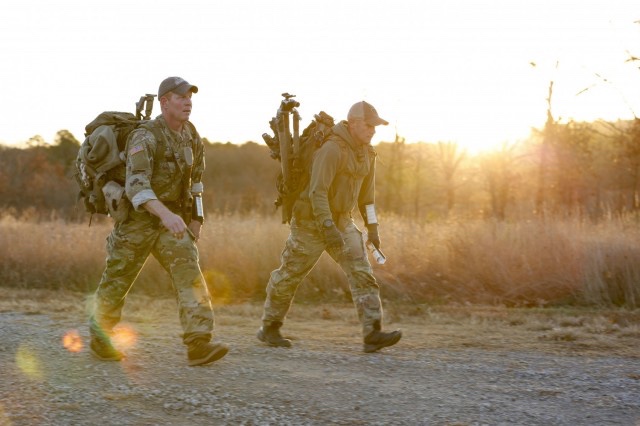
Guard Soldiers typically must compete in their states’ Adjutant General Marksmanship Match to validate qualify certify their readiness to compete in the Winston P. Wilson and Armed Forces Skill at Arms Meeting competitions.
However, it’s not only about winning but learning from counterparts, said Sgt. Howard Hall, an infantryman with 1st Battalion, 185th Infantry Regiment (Stryker), California Army National Guard.
“Competitions like these really hone people’s skills to a higher level,” said Hall. “They continue to push us to strive to not just be complacent with the title of sniper but to really get out there and continue to earn it every day.
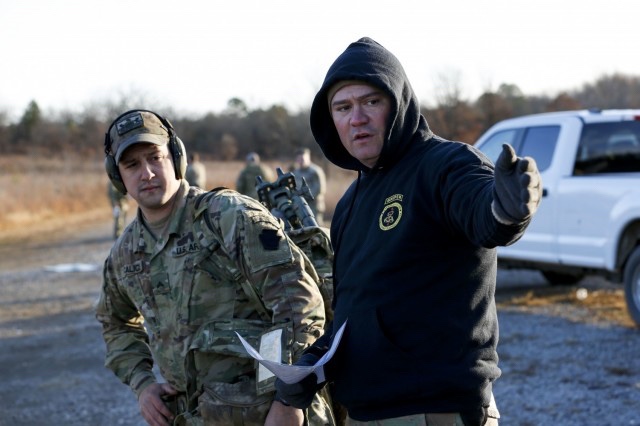
“This is where all the information exchange and networking happens. For that alone, it’s fantastic.”
By SFC Zach Sheely, National Guard Bureau


